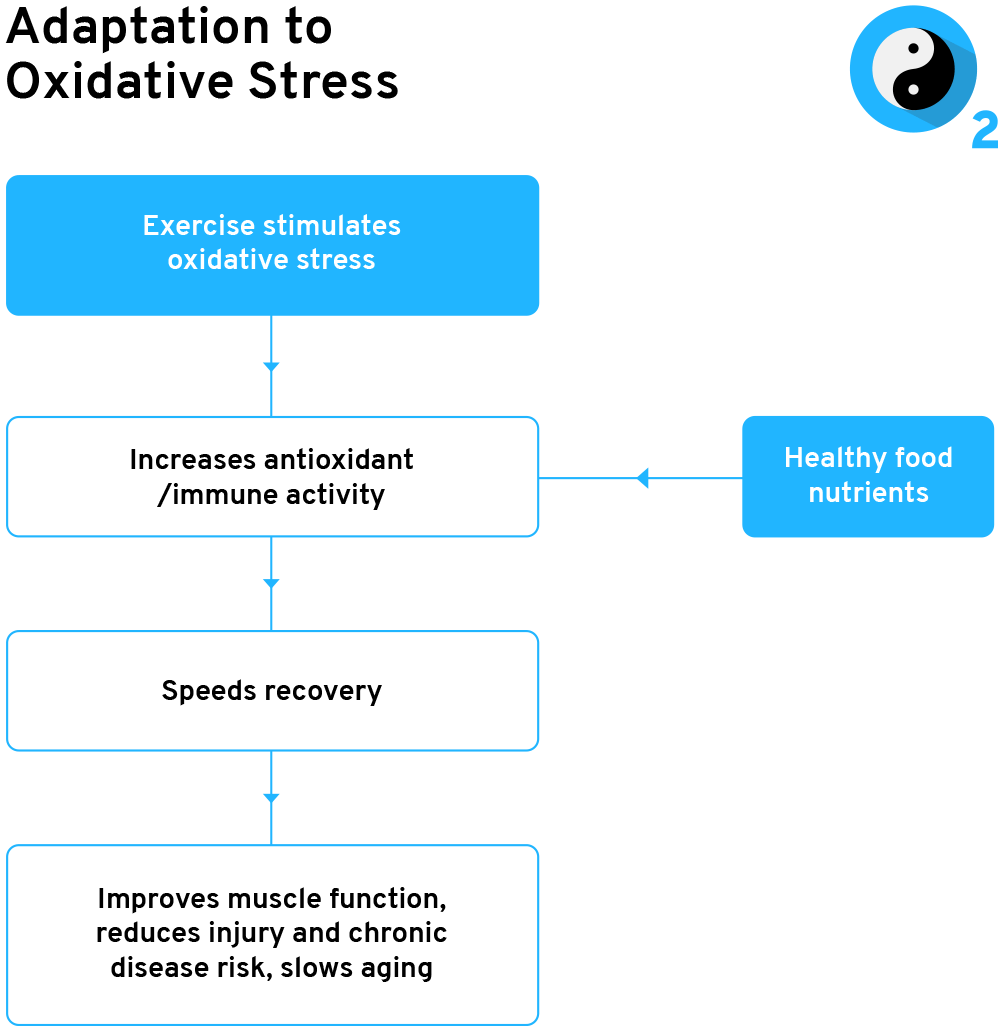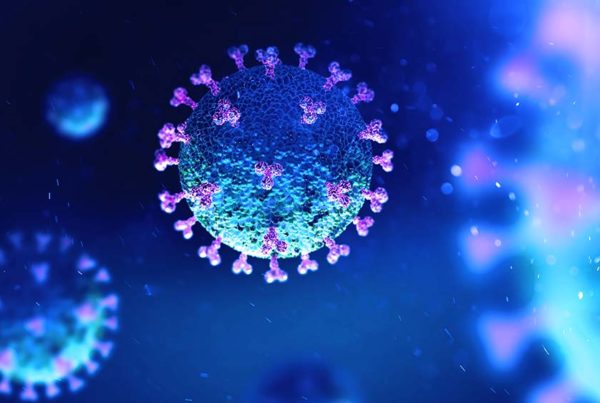
You can’t live without it, but it’s also a driving force behind the aging process and the development of disease. Here’s how to strike a balance.
Call it yin and yang, friend and foe. Oxygen is obviously essential for life — going without it for a few short minutes can cause permanent damage and ultimately death. But it’s also the culprit behind aging and many diseases.
Within the body, oxygen forms free radicals, also known as reactive oxygen species or ROS, that produce oxidative stress. In metal, this results in rust. Similarly, in our bodies it breaks down healthy systems and cells, and is a key ingredient to aging. However, under the right conditions, oxidative stress can actually help us.
The beneficial effect of potentially harmful agents is called hormesis, and gives the impression of a paradox. But the reality is that, when it comes to oxygen, we can control this delicate balance through lifestyle, at least along the way and until it gets us in the end.
In short, adaptation to oxidative stress improves health and fitness because it helps activate our natural internal antioxidant mechanism, an important part of our immune system. To encourage the body to better regulate this stress, we require good aerobic function and consumption of healthy foods. Too much or too little exercise, or eating junk food, reduces our ability to adapt to oxidative stress with dire consequences.
Exercise
Excess volume or intensity, even a single workout, can lead to non-adaptive oxidative stress, resulting in poor recovery, high risk of injury and disease, and poor performance. Too little exercise underdevelops the adaptive oxidative stress mechanism, also leading to higher risk of injury and disease.
Food
Healthy plant foods, meats and eggs contain natural antioxidants and nutrients necessary for adaption and regulation of oxidative stress. These include a variety of macro, micro and phytonutrients, including amino acids and fatty acids, that help the body to produce its most powerful antioxidant, glutathione. Junk food and artificial dietary supplements can cause nutritional imbalances that increase oxidative stress and poor recovery.
Mitochondria play a key role in regulating oxygen. These power-producing components of our cells are particularly important in muscle fibers, and where most free radicals are produced and antioxidant activity occurs. Slow-twitch, aerobic muscle fibers in particular are well equipped with the necessary blood supply needed to bring oxygen and other nutrients in while removing metabolic byproducts in aerobic muscle as well as in fast-twitch anaerobic fibers, which lack the level of circulation found in slow-twitch fibers. (Increased body fat, carbohydrate intolerance and poor nutrition status can impair mitochondrial function.)
Summarizing the positives and negatives of oxidative stress
Helpful:
- Antioxidant function
- Anti-inflammatory
- Mitochondrial development
- Insulin sensitivity (reduced carbohydrate intolerance)
- Muscle function
- Aerobic development
- Chronic disease risk
- Reduced aging
- Exercise recovery
Harmful:
- Muscle weakness and fatigue
- Muscle loss (atrophy)
- Mitochondrial dysfunction
- Chronic inflammatory
- Promotes cycle of carbohydrate intolerance, inflammation and chronic disease
- Rate of aging
- Associated with overtraining syndrome
- Increased body fat
Just exercising without the nutritional ingredients that regulate oxidative stress, or eating well without being physically active, won’t promote both health and fitness. Managing both is the key to better health.
For more details about oxidative stress and how you can better adapt to it, click here.
References
https://www.ncbi.nlm.nih.gov/pmc/articles/PMC4166897/
https://www.ncbi.nlm.nih.gov/pubmed/11579750
http://www.mdpi.com/2218-273X/5/2/356/htm#B41-biomolecules-05-00356









